Jelly Sensory Play
Sensory Play Activities: Jelly Play
Who doesn’t love sensory play to keep their children occupied, off screens and having fun? We have been trying out a range of sensory play activities this year as with 5 children in the house days out can quickly get expensive. This year we have had a few behavioural challenges that we felt were driven by a sensory function. To attempt to meet this need we have tried a few different “messy” play activities. Jelly is such a fantastic and versatile sensory play resource it is worth it’s own post.
We have a tough tray at home and because the weather was good this half term we set up the Gelli Play sensory activity in the garden. This costs about £3-4 from Amazon but does create a significant amount of Gelli. You can also save it for a couple of days use if you use a container. We did lose a bit around the garden when the children flapped their hands or flicked it.
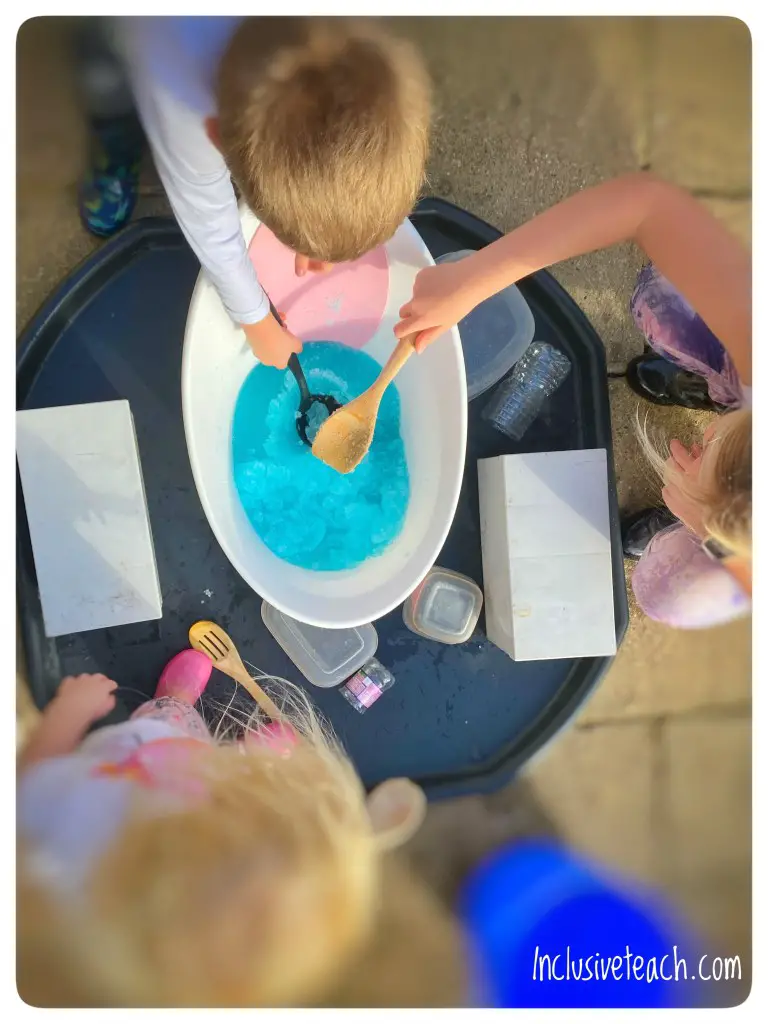
Setting up the Sensory Play Activity
With our children, we need to structure activities and introduce novelty in a planned way. After many years as a special school teacher, I know how engaging and beneficial learning through play can be. To get the most out of this it can’t be a free for all. I like to have a few but a limited number of containers and utensils for them to choose from and use. This allows for lots of collaborative play and turn-taking but without anyone going without.
In the Gelli play sensory activity I put the Gelli in our old baby bath in the tuff tray. We had a few old Tupperware containers of different sizes and some wooden spoons and a ladle.
I initially mixed the sachet with a couple of litres of water. This was quite solid and I slowly added more water as they played.
Sensory Learning Opportunities.
This kind of sensory play activity provides multiple learning opportunities. The key for our children is social learning, interaction and communication. All our children have different “play styles”. This kind of sensory activity allows a low demand environment for experimenting. There is no set way to do it, no specific “rules” or technical skills needed.
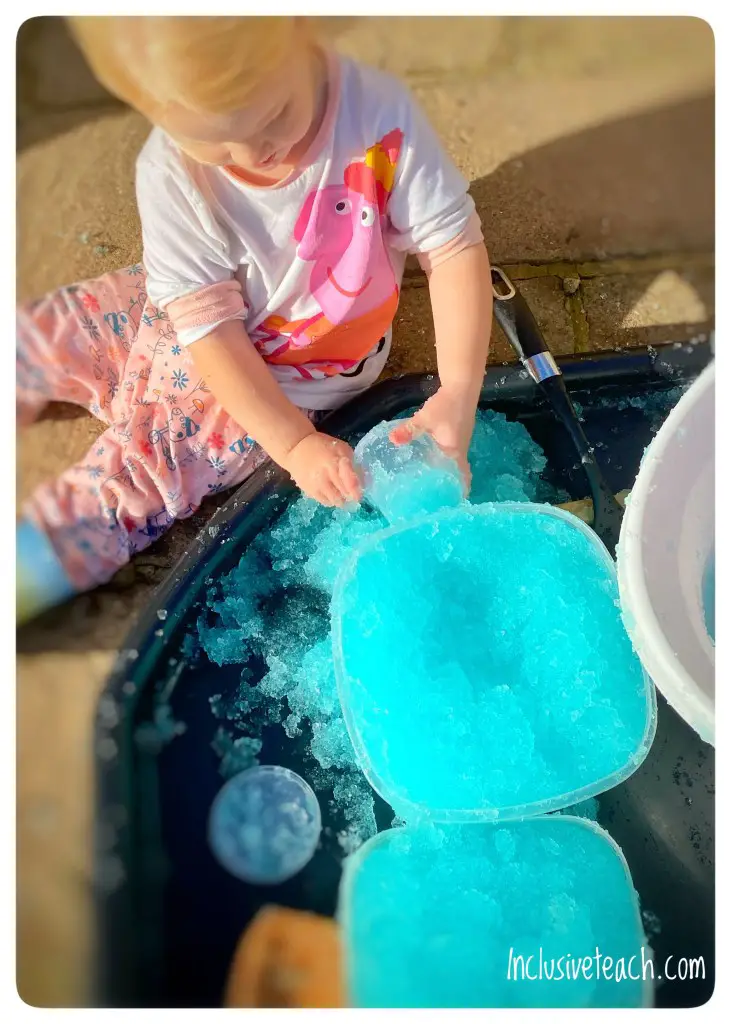
This kind of exploratory play aids early development skills as well as more advanced concepts like capacity. Our youngest enjoys the feel and making “cakes” as well as filling and emptying the containers. We can shape this slightly by using comparative language like “big and small“. Different-sized containers allow for sequencing and the use of language such as “full” and “empty”.
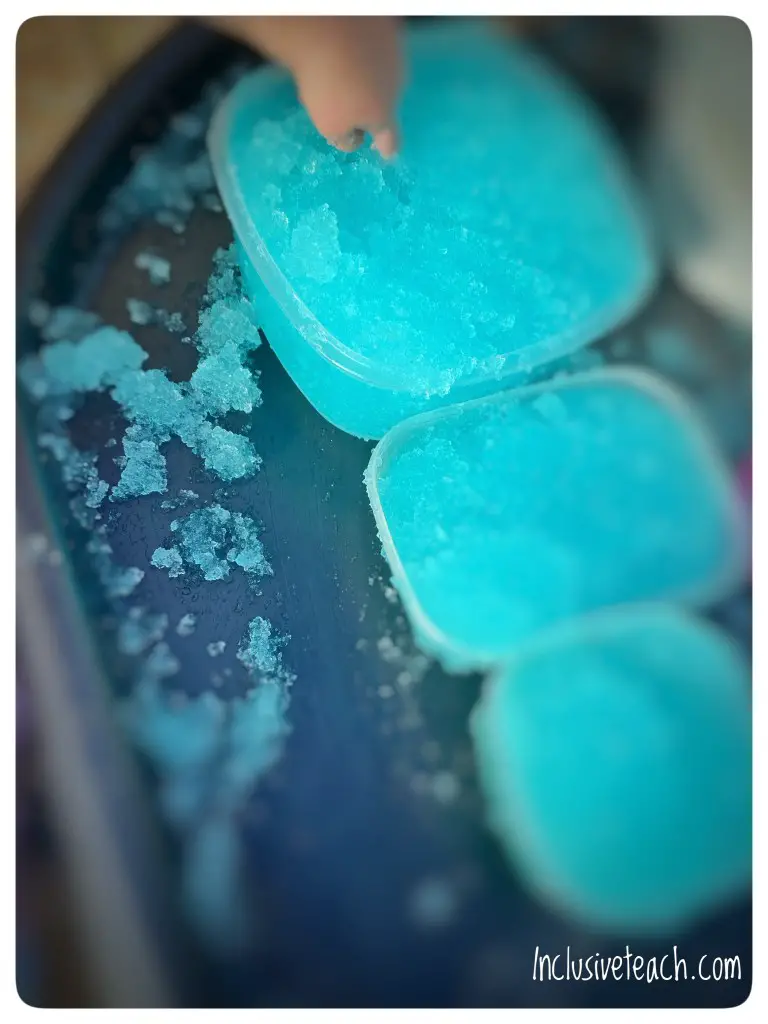
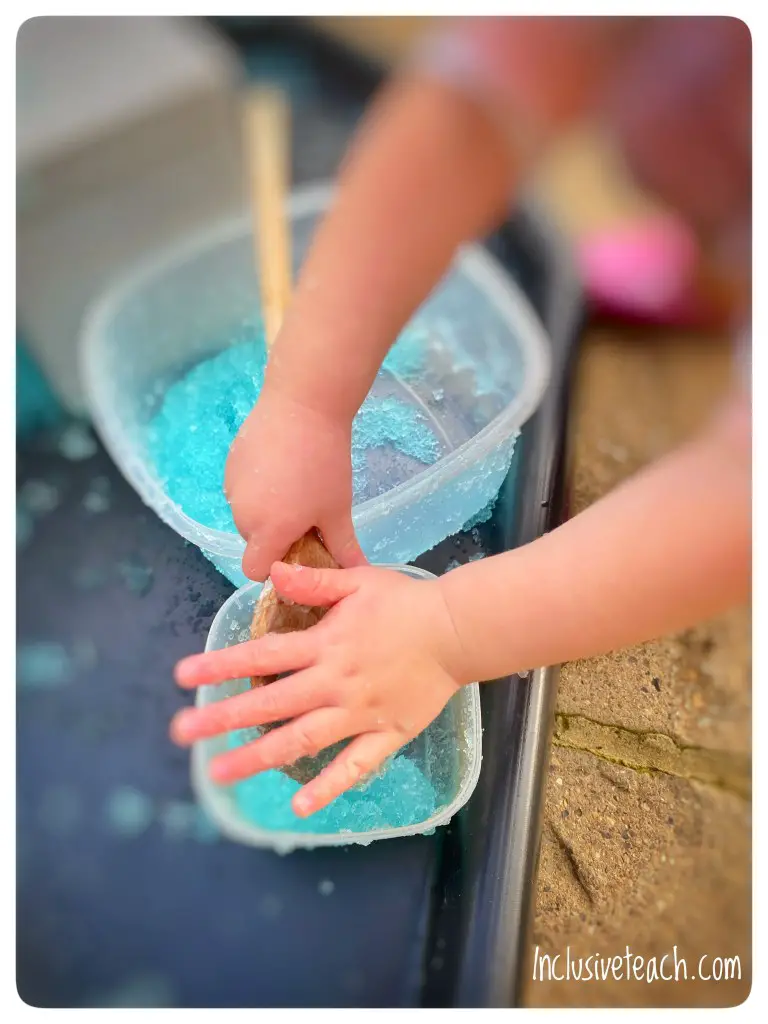
I hope you have enjoyed this post. Please note we use affiliate links to help pay for hosting costs. This doesn’t cost you any extra but allows us to receive a small commission if you buy through our links.

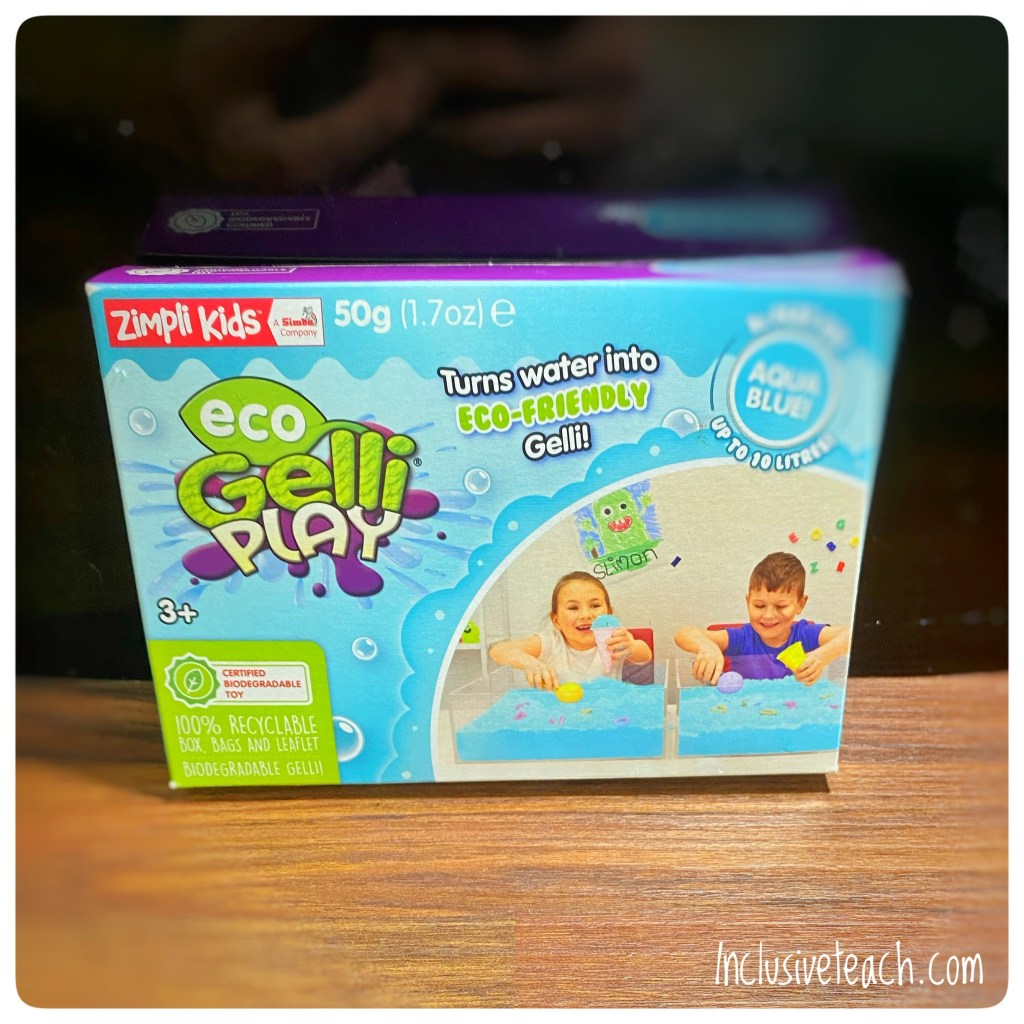



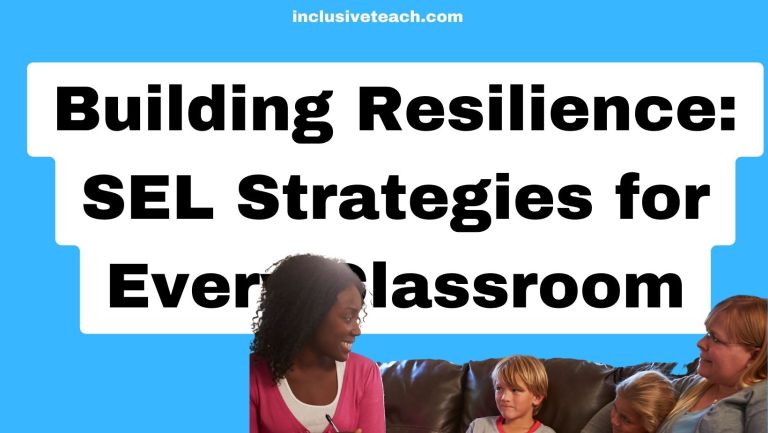
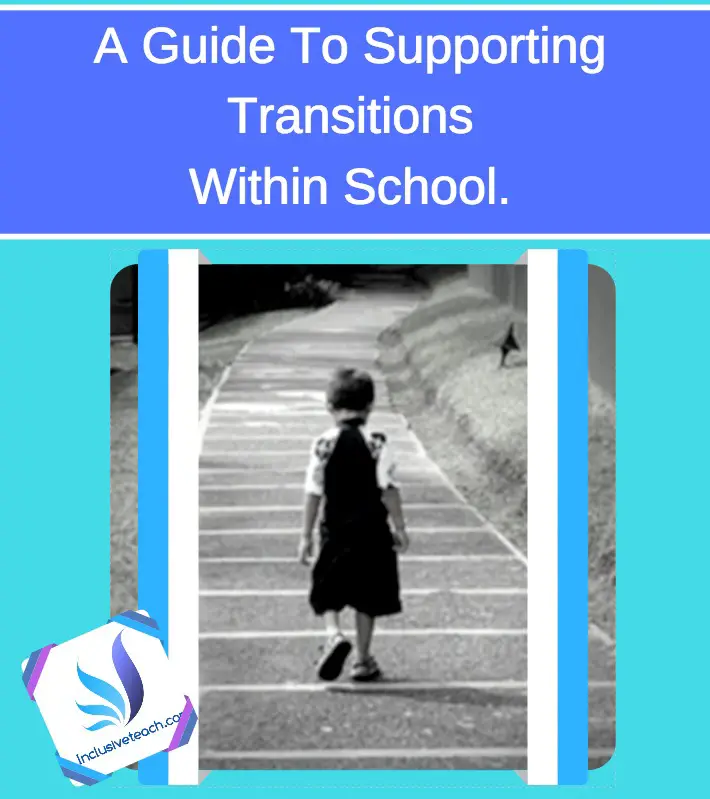
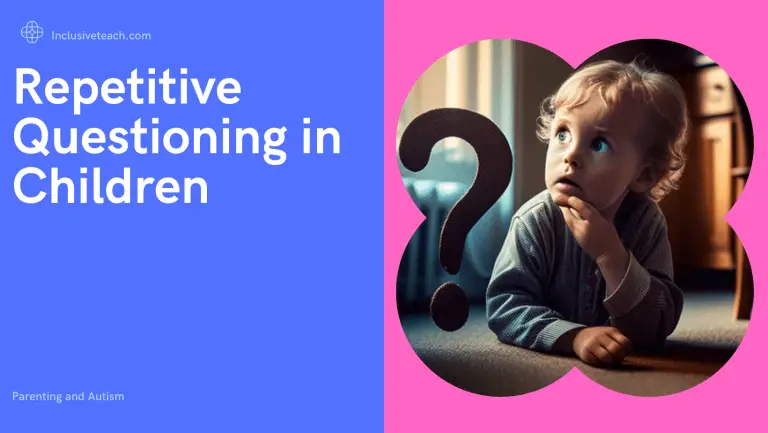

One Comment